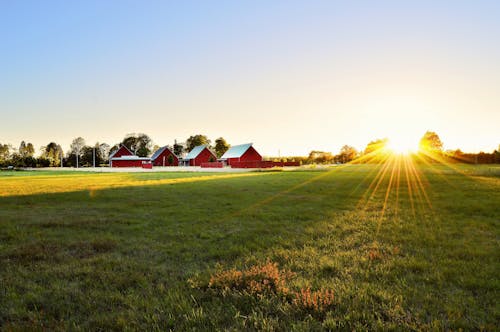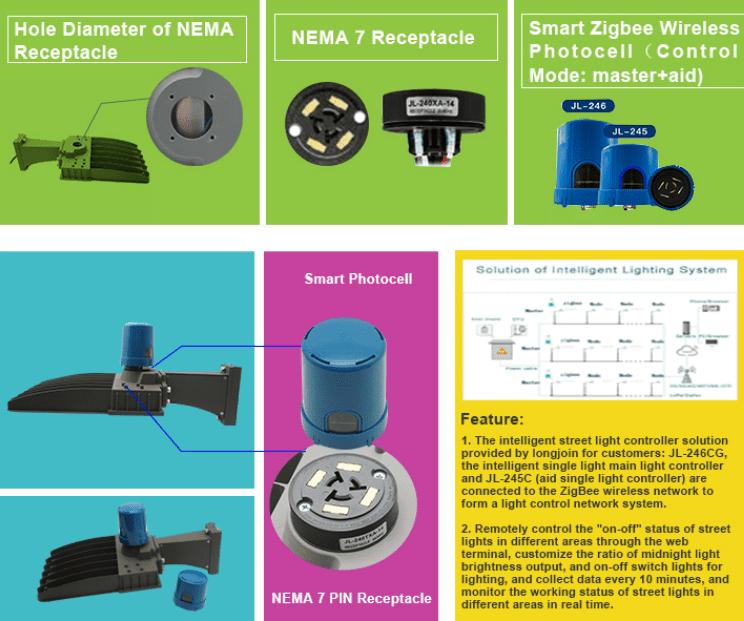Meta Description
Discover the most decisive factors in getting the best possible placement and distance settings for an outdoor photocell. Ranging from geographical elements to calibration of photocell, its sensitivity level, its type, and changing seasonal day light span, a number of factors have their say for achieving the best placement for a photocell sensor.
Main Body
The photocells, one of the marvelous inventions in the realm of energy conservation, are also known by the name of light dependent resistors or dusk-to-dawn cells. Although they have a wide range of applications and can be used in various appliances, one of their most common uses includes outdoor lighting system.
The reason why they are being used so widely in photocells today is that they detect ambient light very well. Once the photocells detect sunlight, they automatically turn the lights off at dawn. Similarly, as the sun sets at dusk, the photocells turn the light on again. Hence, they not only provide peace of mind and security at night time to the users, but also help them save energy by using power only when needed.
Why the Placement and Distance from Light Matter?
There are several factors affecting the efficacy and operation of photocells, especially in outdoor settings. Where sensitivity level, durability, and quality of connection have a role to play in ensuring the utmost performance, the placement and distance of photocells from light are also a decisive factor. The position and direction in which a photocell setup is installed can impact not only its performance, but also its longevity. Here are some of the points you should consider while choosing the optimal position for your photocells.
· Ambient Light Intensity
Although, it is a common rule of thumb that the more intense the sunlight that falls on the photocells, the easier it will be for the photocell to decide when to turn the lights on and off. However, this may not be true in all geographic conditions. Sometimes, for example, the direct light can be harmful for photocells’ working and may lead to oversensitivity. However, in locations where there are longer darker periods, facing the photocells towards sun can be a better approach.
· Physical Obstructions
This is another important consideration in photocell. If the sunlight is blocked by such obstructions like tall trees, building, etc, it would become difficult for the outdoor photocell switch to accurately detect the light intensity. Hence, it is important that you install an outdoor photocell sensor at a spot where there is no obstruction to sunlight.
· Seasonal Changes in Daylight Span
The photocells should be installed in a place where the changes in day light span throughout the year are easy to detect. One of the benefits of photocells that makes them superior to timers is that you don’t need to adjust the timings of photocell light switch. Rather they do so automatically as they detect changes in sunlight. However, this can be done only with the accurate placement where the gradual changes in duration of day and night are identifiable.
· Giving Regard to the Type of Photocell
Some dusk to dawn photocells may be more responsive to specific wavelengths. The types differ and so do the light sensitivity. Hence, it is important to keep in mind the type of photcontrol switch you are using while deciding the optimal distance from light.
· Sensitivity Level
Some photocell switches come with predefined sensitivity settings while for others, you can adjust the sensitivity level according to your needs. In either case, the placement and direction of the photocell need to be decided carefully according to the sensitivity level. For example, for an outdoor photocell light sensor that is a bit too sensitive to light, you might consider installing it facing North. This will prevent direct incident light on the photocell and hence the reading will be more accurate and there will be lesser unwanted fluctuations. The Opposite of this principle is true for a photocell with a low sensitivity level and hence, facing it to South might be a better strategy.
· Manufacturer’s Recommendations
Whenever in doubt, it is always best to follow the instructions given in the manual. If your photocell comes with instructions about the recommended placement and distance for the photocell from a light, just follow them and you will get the best results as no one knows the tidbits of the photocell better than the manufacturer. They have a better idea about its calibration, sensitivity level, and other details. Hence they can recommend the most appropriate positioning.
Conclusion
Getting the best out of any photoelectric switch depends on the fact that whether or not certain protocols are met. One of these important considerations is the placement and distance of the photocell from the incident light. The factors like sensitivity settings of photo control switch, its direction, any hurdles in the way on incident light, type of photocell, and seasonal changes in daylight span should be taken into consideration while installing a photocell.
Besides, one of the best ways to determine optimal distance and placement is to test the photocell on various locations before finally installing it on a spot. This will help you get a clear idea about where a specific photocontrol sensor works best. In short, keep in mind the physical and geographical considerations and also rely on trial and error for best results.
References
- https://en.wikipedia.org/wiki/Photoresistor
- https://www.sciencea-z.com/science/resource/SL_Gr_5_Earth,_Sun,_and_Stars_L4_all_printable_resources.pdf
- https://en.wikipedia.org/wiki/Photoelectric_sensor
Post time: Apr-07-2024


